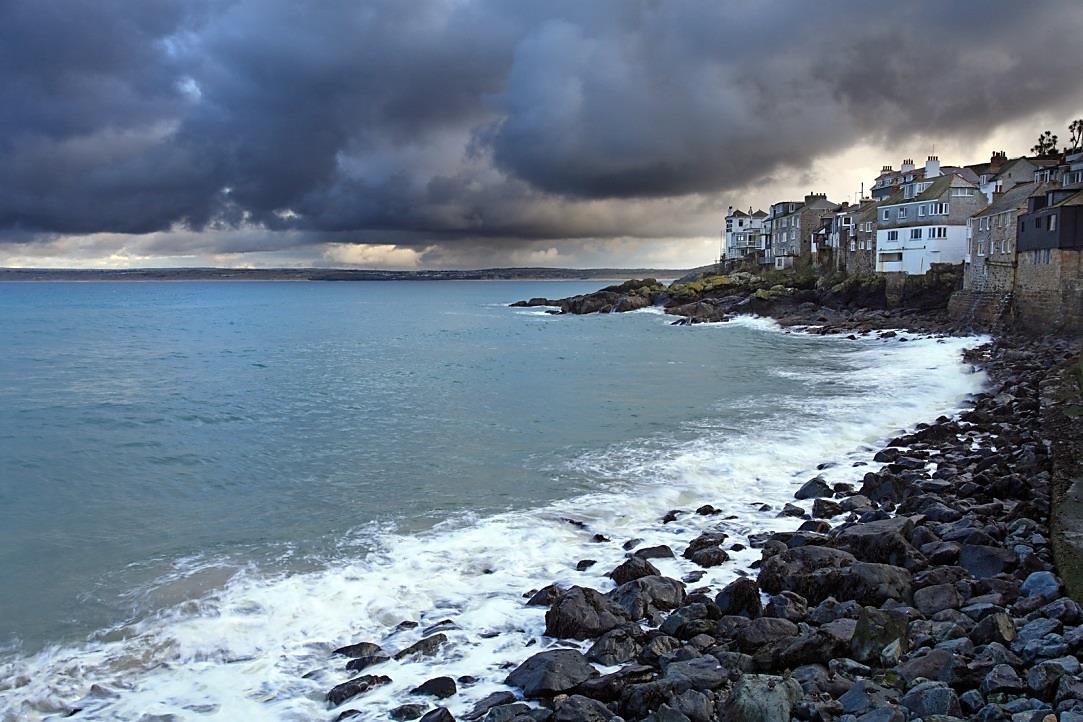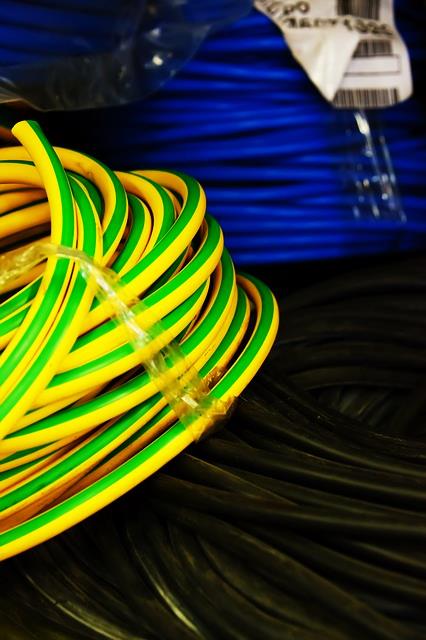
by Belinda Ollewagen | Feb 6, 2019 | instant tap, Water Boilers, water cooler
In less than two weeks winter will officially begin in the UK and while reclining in a warm sunny garden, cold drink in hand, might now be a distant memory, what we shouldn’t change is the drink in hand bit. The weather might have changed, but our basic bodily functions haven’t and we still need our daily intake of drinking water to ensure optimal health. That said, it’s not as easy to drink water in the colder weather and while pure water remains the healthiest of options, all liquids – with the exception of alcohol – do count towards your daily requirements. So, it’s a good idea to try and experiment with a variety of warm and tasty herbal teas to ensure your healthy liquid intake remains high.
While a water cooler will always be a necessity in the office, it’s at this point that water boilers and instant taps in staff kitchens or breakout areas became very handy. When it’s chilly and we’re all wanting a hot cup of something to warm us up, it can be very frustrating waiting in line for a kettle to boil. But with hot water taps there is a limitless supply of boiling water, ready at just the touch of a button. It’s the perfect opportunity to sample your way through a wild variety of herbal teas that not only hydrate you, but offer a host of other medicinal benefits too.
Peppermint tea
It can help relieve abdominal gas and bloating as well as relieve muscle spasms. It can also be used for nausea, heating up the body and making you sweat.
Ginger tea
Great in aiding digestion, it can curb nausea, vomiting or help settle an upset stomach. Adding lemon and honey can help your body fight off colds and flu, plus the honey’s powerful antioxidants can help eliminate free radicals.
Chamomile tea
Very helpful for insomnia, it has a gentle calming and sedative effect. It is also recommended for use with a cold or fever, and when used as a gargle it can help with inflammation of the mouth.
Rooibos tea
It is high in vitamin C and has many antioxidant properties which can help strengthen your immune system – it is also recommended as a topical treatment for skin irritations such as eczema.
Lemon balm tea
It can help lift your mood and is also said to help improve concentration.
Milk thistle and dandelion tea
Known as a gentle liver cleanser, it can help the liver regenerate and function more optimally. As with ginger, it too can aid digestion.
Rosehip tea
An excellent source of vitamin C, it can also help optimize your skin and tissue health, adrenal function and immune system.

by Fern Shaw | Jan 28, 2019 | instant tap, Water Boilers, Water Coolers
Sneaky because maintaining good hydration habits in winter can be just that: studies show that we can be up to 40% less thirsty in winter.
Dehydration is less noticeable in winter: During the summer in the UK, it’s far easier to equate how thirsty we are with how dehydrated we may be. Hot weather tends to make us sweat more, making dehydration much more noticeable. However, in winter, thirst isn’t as immediately apparent and perspiration turns to water vapour very quickly. As an example, when you step outside from a warm environment into a cold one and you can see your breath – that’s water vapour, which means you’re dehydrating.
Staying hydrated in winter helps us stay warm: Our bodies use water to help maintain our core body temperature. Dehydration can cause our core body temperatures can drop. Therefore the benefits of staying hydrated in winter are twofold: we stay hydrated and we keep warm when it’s cold outside.
… And gives your immune system a welcome boost: Our instinct in winter is to hibernate, especially indoors. Modern life, however, makes this untenable: we’re in and out of doors on a daily basis and the radical changes in temperature can easily and negatively affect our immune system as our systems fight to bring our body to the right temperature. That’s why it’s important to make sure we don’t decrease our water intake during winter. A good hydration habit is one of the simplest and best ways to keep the immune system boosted and ready to battle common winter illnesses like colds and flu. Whether you’re at home or at work, installing a water cooler will help you to easily keep up your water consumption, with refreshing drinking water available at the touch of a button.
Weight maintenance and loss: The cold weather can often lead us to exercise less and eat more. Weight gain because of this is often further exacerbated by not staying hydrated through winter. Maintaining hydration enables our bodies to be more efficient at breaking down fats and converting them to energy.
A few tips to maintain proper hydration during winter:
- Keep water in your line of sight – keep a water bottle on your desk or put a glass next to the kitchen sink to remind you keep drinking. Remember too, AquAid have a range of desktop and counter top water coolers making them the best reminder there is.
- Set yourself a reminder – An alert on your phone can remind yourself to top up your water bottle.
- Eat water rich foods – soups, salads or fruit as mentioned in our series on water rich fruit.
- Plump up your plain H2O – Adding a slice or wedge of lemon, lime or even cucumber gives your water an extra refreshing burst of flavour.
At AquAid Water Coolers, we provide a wide range of water dispensers to a broad and diverse set of customers from small, medium and large businesses through to medical facilities, universities, colleges and schools.
With more than 20 years’ experience in the provision of the right water coolers, water boilers, Instant Taps and water fountains to more than 33,000 customers, you can be assured that we will have the right water cooler to help keep you properly hydrated, whatever the time of year. Speak to us, we’ll be happy to help.

by Fern Shaw | Jan 9, 2019 | Water Boilers, Water Coolers
Firstly, our very best wishes to all of you from all of us here at AquAid Water Coolers for this New Year of two oh one nine.
One of those wishes is that you, unlike me, don’t go through most of January scratching out ‘8’ on the date every time you write it.
I’ve noticed that resolutions for a new year don’t seem to be as prevalent or popular as they may have been in the previous decade of the 21st Century – not sure what that’s about – but I, for one, am frankly quite grateful – the reality being how many of us are there that actually get past Day 2 of our intended ‘good behaviour’ and then end up feeling awful about the lapsed resolutions?
If, however, you are one of those amazing souls who make resolutions and sticks to them past Week One, more power to you – you’re an example to us all.
Whichever category you fall into, there is one resolution I encourage you to implement and stick with. If you’re sceptical here are just a few good reasons why:
The health benefits are numerous.
Minimum effort equals great reward.
Increased concentration and productivity at work or at leisure.
Reduces lethargy, tiredness and dehydration.
Boosts the immune system.
It may seem like all these benefits from one source aren’t feasible, but I assure you, they are. This is a New Year’s resolution of the simplest sort – and the great reveal is:
Drink your water.
If you’re unsure about how much water you should be drinking, you can refer to our handy drinking water chart.
If you’re in need of a water delivery system, whether you’re at home, work or for your school, speak to us at AquAid – we have a wide range of high-quality water coolers, dispensers and boilers.
Here’s to a guilt-free, easy resolution 2019 – cheers!

by Fern Shaw | Nov 23, 2018 | Water Boilers, water cooler
Being spontaneous is all fair and well enough in certain aspects of our lives: switching up where you take your holiday or buying a luminous yellow cover for your iPhone or Android where you usually stick with a discreet grey for example.
When it comes to your pocket, health and well-being though, preparation and planning ahead is usually the wiser choice. ‘Be prepared’ after all is the call sign of the Scouts and Guides and who doesn’t appreciate a person who’s prepared for any eventuality!
It’s the same when it comes to your cooler weather drinking water habits. In this regards, though, you needn’t worry: AquAid have you coolered.
But are there real benefits to installing an AquAid Water Boiler? As it turns out, there are plenty, but for the purposes of this article, we’re highlighting just a few:
A water boiler is extremely cost effective, both from an operational and time-saving perspective. Many hours of productivity are lost waiting for the kettle to boil.
The water is kept at the optimum temperature, safe enough that it won’t scald, but hot enough to brew up your preferred hot drink.
Each machine in the range is designed so that you get the most out of your water boiler – from the smaller AquAid Eco Compact Water Boiler through to the larger AquAid Eco Wall Fit LargeFlow Water Boiler.
With the cooler weather now upon us and the temperatures dropping as we head towards the end of the year, it makes good sense to install the right-fit water boiler in your premises as soon as possible – wherever your location or whatever your workspace.
Speak to us at AquAid today.

by Fern Shaw | Feb 6, 2017 | Water Boilers
I was reading up about weather storms and wondered why it is that most storms are named after women. I couldn’t seem to find a definitive answer though – some sites indicated that a few decades ago it was usual to assign female names to hurricanes but no other storms (heaven only knows why); however if you look around the globe, storms in the West Indies used to assign the names of Saints to their bad weather, e.g. Hurricane Santa Ana and after a book by about a storm named Maria by novelist and historian George R. Stewart, naming storms gained popularity.
*During World War II, US Army and Navy meteorologists responsible for plotting the movement of storms across the western part of the Pacific Ocean began to use names for cyclones in their forecasts.
In 1953, meteorologists in the United States began using female names for hurricanes. A quarter-century later, meteorologists began naming storms with both male and female names, first in the eastern Pacific Ocean, followed by the Atlantic Ocean and Gulf of Mexico one year later.
Today the World Meteorological Organization is responsible for the lists of names used for hurricanes across the globe in the five oceans.
Then, in 2015, the UK Met Office and Ireland’s National Met Services collaborated to experiment with a new way to name windstorms expected to affect the United Kingdom and Ireland.
This brings us to an expected storm predicted to hit our shores soon – and they’ve named her Doris.
Now, I don’t about you, but when I hear the name Doris (and the UK has quite a few famous people named Doris), it doesn’t really conjure up the idea of a wild storm, lashing the coastline and creating watery havoc.
Now that I’ve read up a bit more about the how and why of how wild weather is named, I do understand the method, but honestly, Storm Doris? Brings to mind more crumpets and tea indoors I’d say.
Anyhow, with the approach of Doris, it would seem best to batten down the hatches, and make sure your water boiler’s switched on and ready to provide you with a continual supply of hot water for the aforementioned tea and hot drinks that you should have with your crumpets or elevenses.
*excerpts from an article at CNN.

by Fern Shaw | Jan 31, 2017 | Water Boilers, water cooler
Recently in my neck of the woods we had a huge brou-hau-hau with a well-known ISP (internet service provider). It was a bun fight of note. I don’t know about where you are, but where I am, service providers have a rather unpleasant habit of blaming other service providers. A common excuse is, ‘Oh, the underground cable is broken’ or, ‘the undersea cable was used in a tug-of-war competition between a griffon and Godzilla’ – okay, slight exaggeration there, but honestly, it may as well be as farfetched as that. Or is it?
I stepped away from my usual station at the water cooler – actually let me caveat that with – stepped away from the water boiler (it is bleeding cold you know) and followed the undersea cable. Not literally!
What I think a lot of us don’t realise is that apart from all that we see – telephone poles suspending bundles of cables; the cables installed in our homes connecting to our devices – there’s actually a whole lot unseen going on out there that allows for us to operate in a ‘wireless’ world. But what we see is just a small part of the physical makeup of the net. The rest of it can be found in the coldest depths of the ocean. Here are just a few things you might not know about the Internet’s system of undersea cables.
- Cable installation is slow, tedious, expensive work
*Ninety-nine percent of international data is transmitted by wires at the bottom of the ocean called submarine communications cables. In total, they are hundreds of thousands of miles long and can be as deep as Everest Is tall. The cables are installed by special boats called cable-layers. It’s more than a matter of dropping wires with anvils attached to them – the cables must generally be run across flat surfaces of the ocean floor, and care is taken to avoid coral reefs, sunken ships, fish beds, and other ecological habitats and general obstructions. The diameter of a shallow water cable is about the same as a soda can, while deep water cables are much thinner – about the size of a Magic Marker. The size difference is related to simple vulnerability – there’s not much going on 8,000 feet below sea level; consequently, there’s less need for galvanized shielding wire. Cables located at shallow depths are buried beneath the ocean floor using high pressure water jets. Though per-mile prices for installation change depending on total length and destination, running a cable across the ocean invariably costs hundreds of millions of Pounds.
- Sharks are trying to eat the Internet.
There’s disagreement as to why, exactly, sharks like gnawing on submarine communications cables. Maybe it has something to do with electromagnetic fields. Maybe they’re just curious. Maybe they’re trying to disrupt our communications infrastructure before mounting a land-based assault. (My theory.) The point remains that sharks are chewing on the Internet, and sometimes damage it. In response, companies such as Google are shielding their cables in shark-proof wire wrappers.
- The Internet is as vulnerable underwater as it is underground.
It seems like every couple of years, some well-meaning construction worker puts his bulldozer in gear and kills Netflix for the whole continent. While the ocean is free of construction equipment that might otherwise combine to form Devastator, there are many ongoing aquatic threats to the submarine cables. Sharks aside, the Internet is ever at risk of being disrupted by boat anchors, trawling by fishing vessels, and natural disasters.
After reading all of this, colour me more eddicated and pretty impressed. And perhaps a little more patient when I hear that my lack of connectivity is due to an undersea cable breakage Them there sharks have to eat too you know.
*Extracts from an article at Mental Floss






